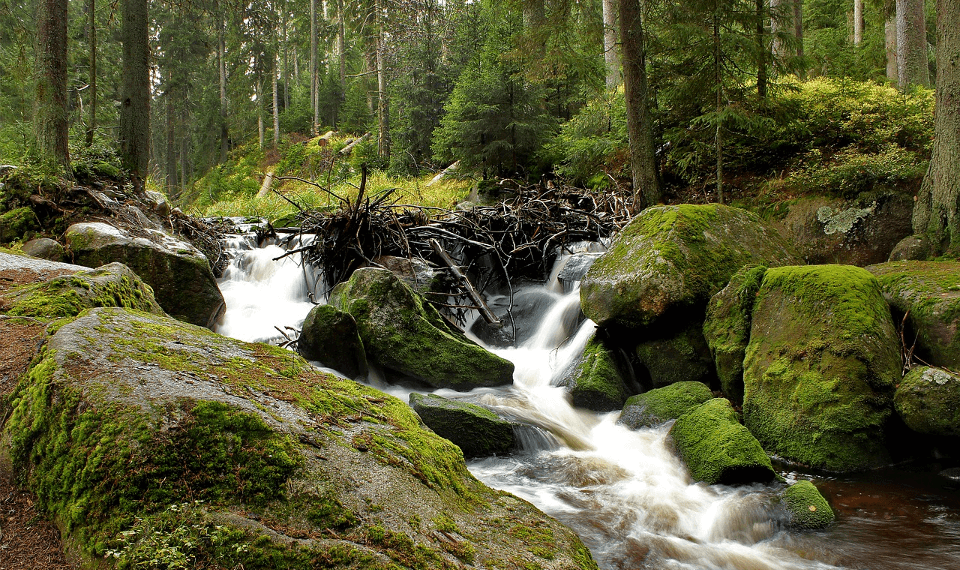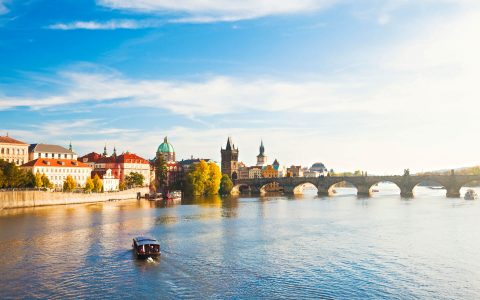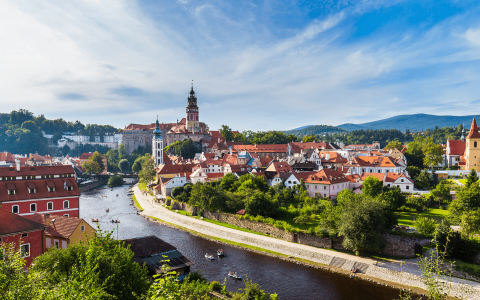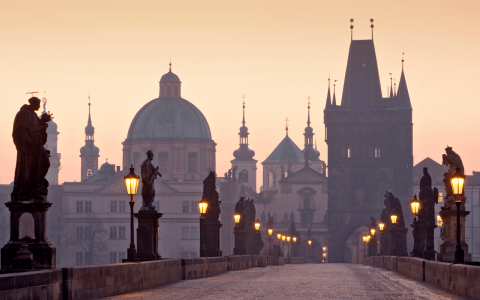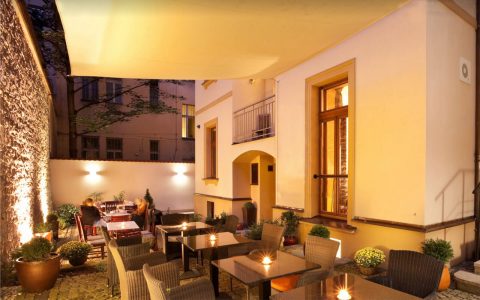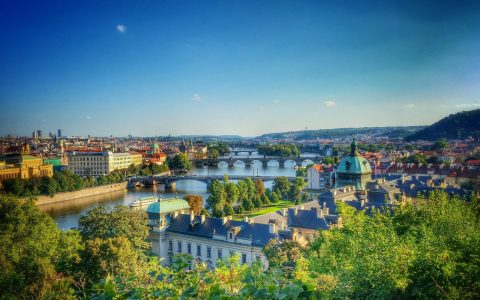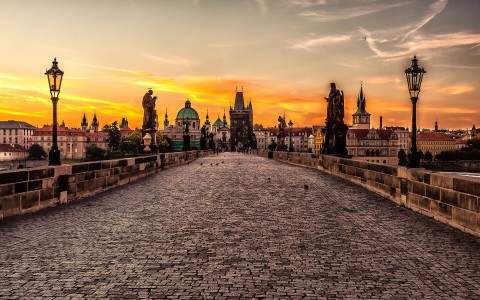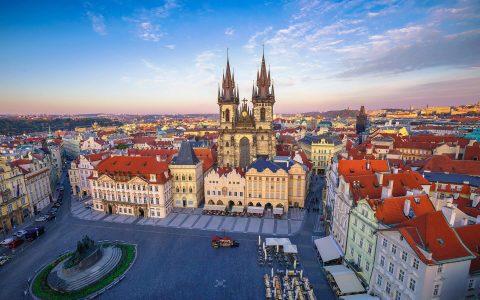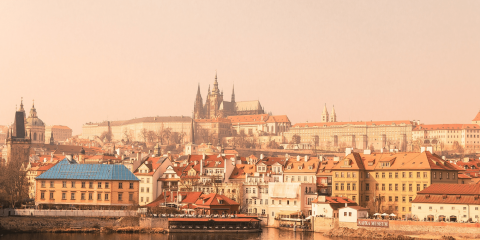In Deep: A Brief History of Bohemia
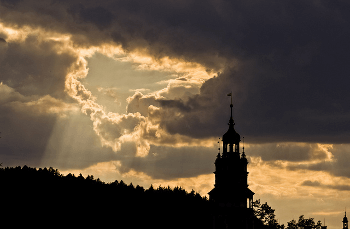 Bohemia is a historical country that was part of Czechoslovakia from 1918 to 1939 and from 1945 to 1992. Since 1993 Bohemia has formed much of the Czech Republic, comprising the central and western portions of the country.
Bohemia is a historical country that was part of Czechoslovakia from 1918 to 1939 and from 1945 to 1992. Since 1993 Bohemia has formed much of the Czech Republic, comprising the central and western portions of the country.
At one time, Bohemia was a province in the Habsburgs’ Austrian Empire, and before that, a kingdom in the Holy Roman Empire. Historically, the country was bounded on the south by Austria, to the west by Bavaria, on the north by Saxony and Lusatia, on the northeast by Silesia and by Moravia on the east.
Today, Bohemia is home to over half of the Czech Republic’s more than 10 million citizens; it now neighbours Germany to the west, Poland to the northeast, the historical region of Moravia to the east and Austria to the south. The vast region is surrounded by mountain ranges including Šumava, also known as the “Bohemian Forest.”
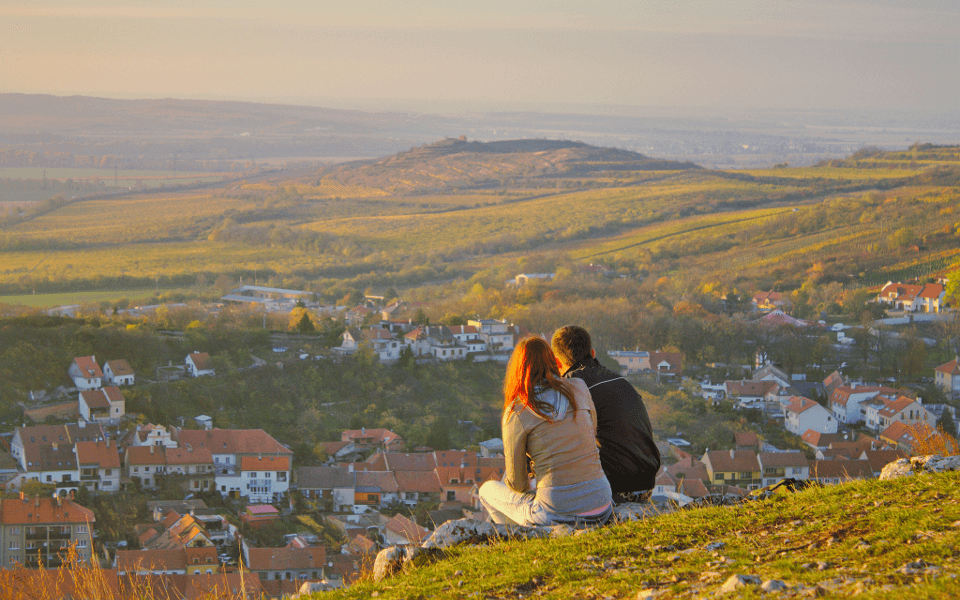
Moravia: home to great minds and great wine
One of three historical lands that make up the Czech Republic, Moravia lies in the highlands southeast of Bohemia. A long-autonomous region, Moravia gave birth to many great scientific minds such as the father of genetics, Gregor Mendel, and psychoanalyst Sigmund Freud. Moravia is also the premier wine region in the Czech Republic, responsible for 96% of all production. Czech wine is actually more commonly referred to as Moravian wine. The most common white varietal is Müller-Thurgau and the most common red is St. Laurent, with most vineyards located close to the Austrian border.
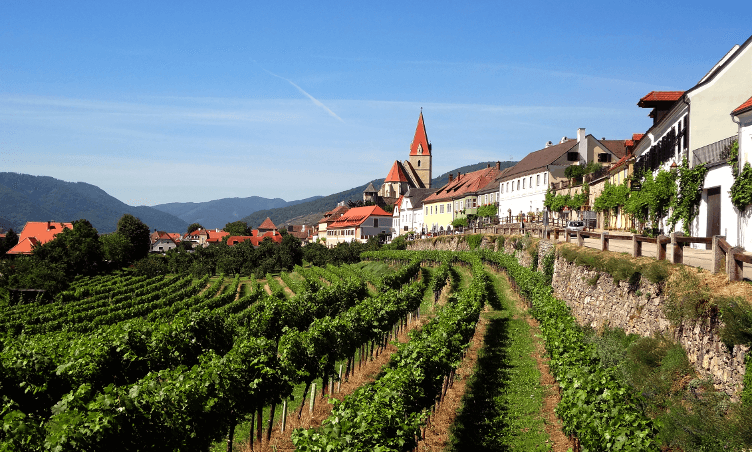
Holašovice: A step back in time
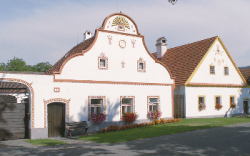 The small historic village of Holašovice in the south of the Czech Republic is an excellent example of a rural-baroque Bohemian farming village. So typical and well-preserved are its 19thC gabled farmhouses that the village was selected by UNESCO in 1998 as a protected World Cultural Heritage Site.
The small historic village of Holašovice in the south of the Czech Republic is an excellent example of a rural-baroque Bohemian farming village. So typical and well-preserved are its 19thC gabled farmhouses that the village was selected by UNESCO in 1998 as a protected World Cultural Heritage Site.
Human history in this area goes back much further, however: the first settlements date back to the Neolithic era, or “New” Stone Age—more than 7,000 years ago.
Today, the city looks much the same as it did in the mid-1800s when most of the existing farmhouses were built. Holašovice has long been recognized as one of the best examples of South Bohemian architectural style: rectangular ground plans comprised of vibrant farmhouses facing the village green, with dwellings on the left side and granaries and barns on the right.
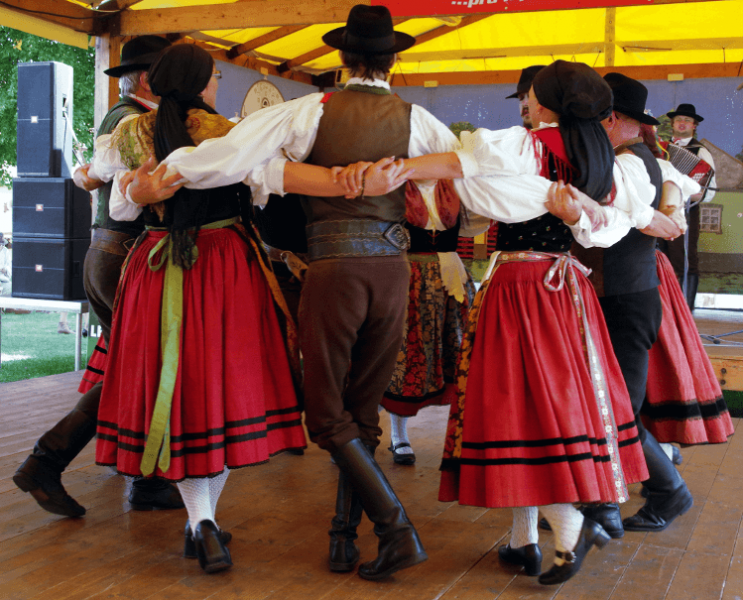
See for Yourself
Two must-see European capitals on one magnificent trip—why not? On our Prague to Vienna Biking trip, start in boho-chic Prague and end in elegant Vienna. In between, take in miles of riverside rides past row up on row of vineyards. Glass of Grüner, anyone?
DETAILED ITINERARY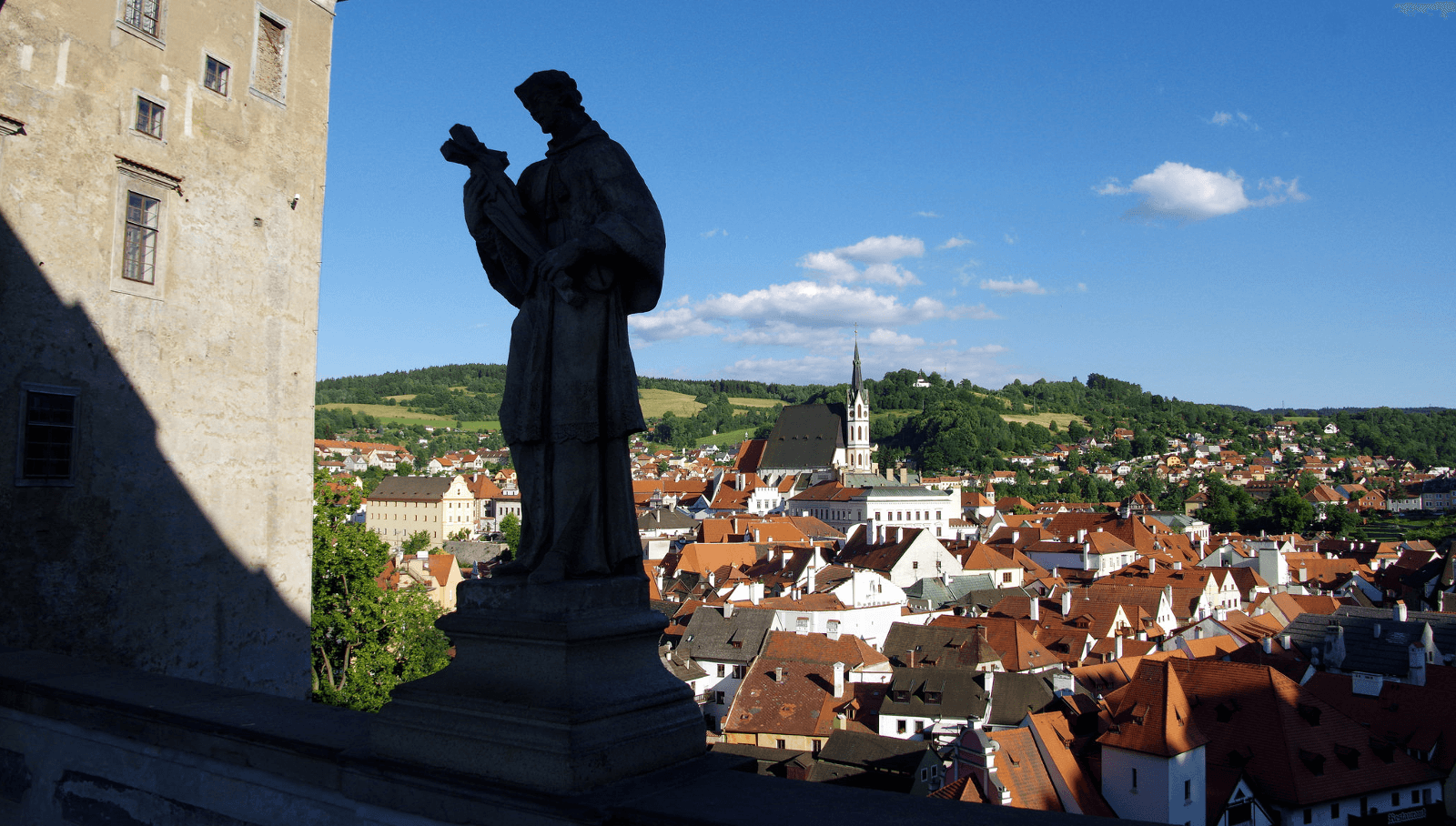
Český Krumlov: castles and scandals
The town of Český Krumlov is not the oldest in Bohemia, nor does it possess the most colourful history. What makes it unique in Bohemia—and, in fact, in the entire Czech Republic—is how amazingly well-preserved it is, along with the striking views obtainable from virtually any spot in town.
The Krumlov Castle was established around 1250 and grew over the centuries to become one of the most significant castle complexes in Central Europe (second only to Prague Castle). Over 40 buildings and numerous gardens and courtyards comprise its grounds. The Rožmberk family’s rule brought early prosperity from the 14th to the 17th centuries, but huge debts forced the last Rožmberk—Petr Vok, a noted debaucher—to sell the town to Rudolf II, a Habsburg. The acquired wealth of Český Krumlov was the only thing that kept the town from being destroyed during the Thirty Years’ War, but the huge cost left the town broke.
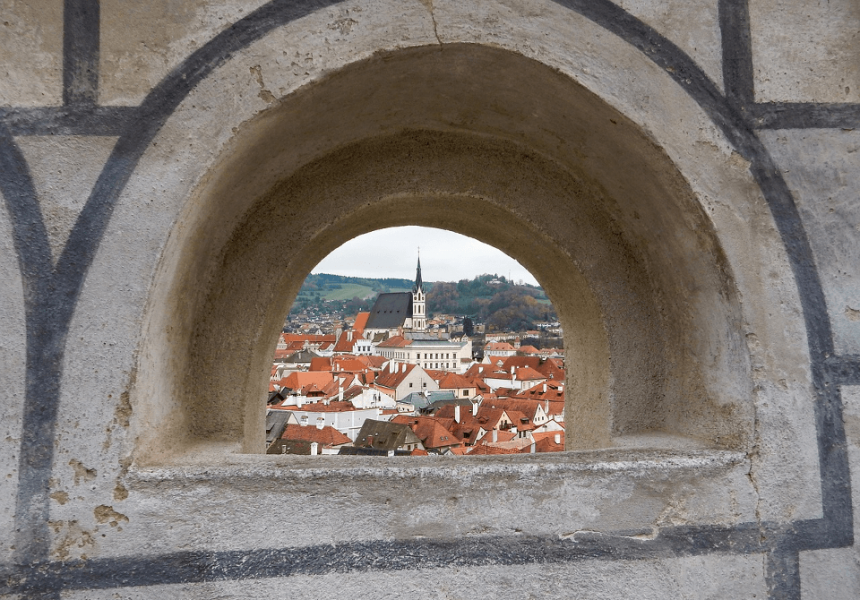
While the years following the First World War under communism did not actively help the state of the historic buildings, the communists’ lack of interest in the Old Town saved it from sloppy restoration (or worse, conversion into a modern town). Since the end of the communist era, intense revitalization of the town has brought it new wealth and vitality. In 1992, it was declared a UNESCO World Heritage Site. Post-Cold War tourism has now picked up where the Rožmberks left off, yet Český Krumlov has resisted the fast-food and merchandising chains, neon advertising and other unattractive attributes of commercialization. This is due in part to its UNESCO designation—along with local pride and foresight.
Šumava: the last wilderness of Central Europe
The Šumava “Bohemian Forest” region of pine trees and peat bogs is part of the largest continuous forest in Europe; it is contiguous with the Austrian Waldviertel and the Bavarian forests and represents perhaps the last true wilderness in Central Europe. It was governed semi-feudally by the lords of Krumlov right into the early 20th century.
The Czech part of this enormous multinational forest, the Šumava, partly owes its integrity, like Český Krumlov, to the Cold War. When the Czechs evicted all German-speaking families after World War II, the region remained very sparsely populated.
This isolation, combined with the poor roads and lack of population preserved the natural environment better than any park could have done—now that the roads are again open and tourists are flocking here for its natural beauty, large parts of the forest have been declared national parks.
